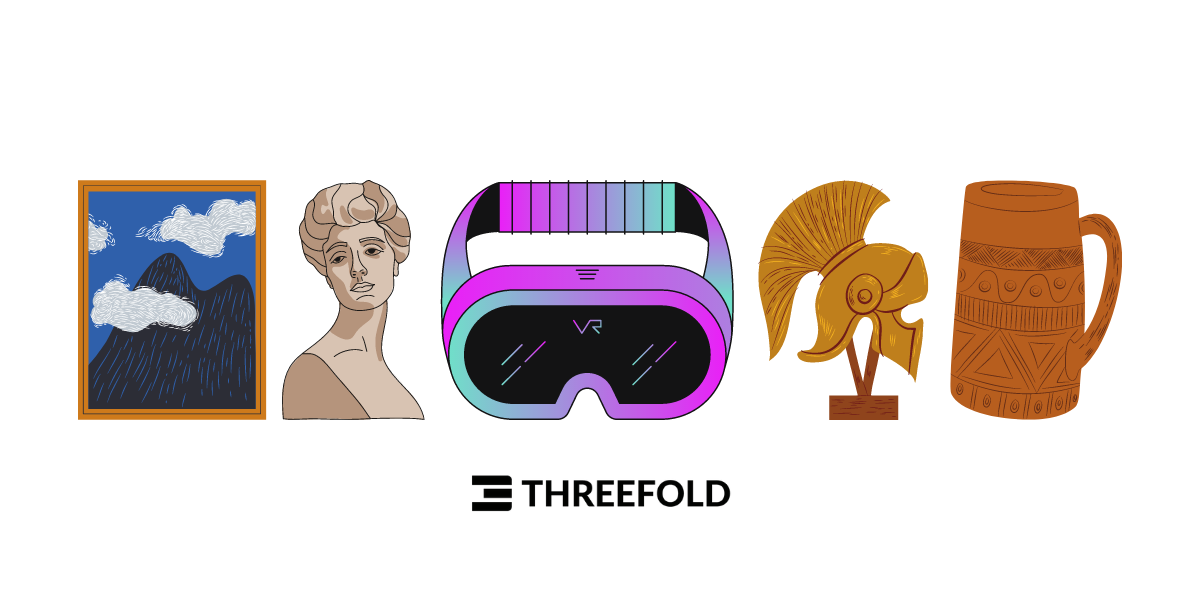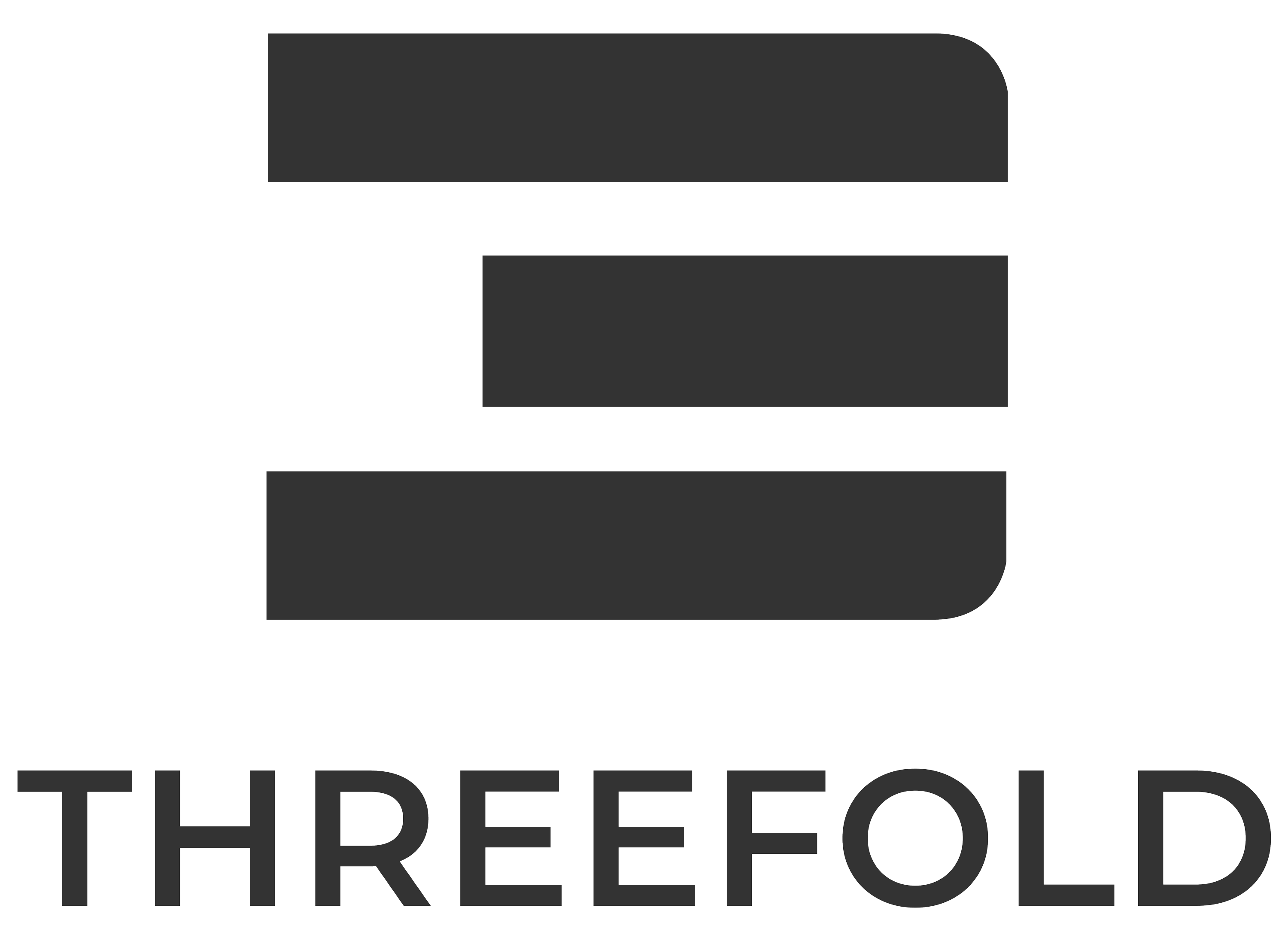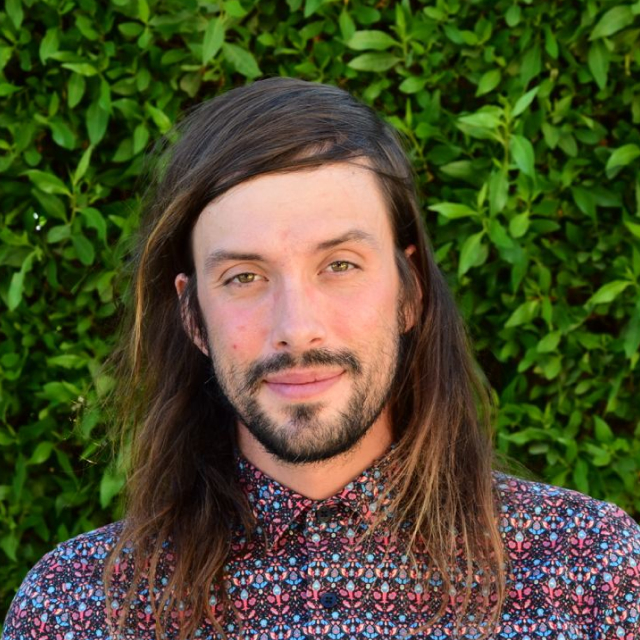Art & Culture in VR: Coming to the ThreeFold Grid
Taking a deeper look at the Artheon partnership and where we are headed together.

Last year at a ThreeFold gathering, a few of us on the team had the pleasure to meet a man named Vasily, a creative mind with a big heart and proud founder of Artheon. Artheon, in its essence, was a virtual reality museum experience focused on bringing fine art and culture from around the world directly to people. The concept was immediately captivating, and the demo brought it to life for us. The graphics were already solid, and being able to walk around a museum and interact with the artwork was a unique experience to say the least. We talked about the implications and his greater vision around access and education, and it was very clear we needed to partner up. Not long after, Artheon and ThreeFold joined forces.
🔗So what is the partnership all about?
Together with ThreeFold, Artheon aims to create the world’s largest open art database – made for everyone, and owned by everyone. We will provide access to art and cultural heritage to people around the world, without borders. Not just access, but a high-quality and high-resolution virtual reality experience where people can really immerse themselves in their surrounding environment. With Artheon, people can now even touch and hold paintings or artifacts, something that would clearly not be possible in real life. And while today, only a select few (relative to the total global population) have the opportunity to travel and to experience museums and cultural & sacred sites, Artheon will change that!
It’s not only about experience, though, it’s also about community and education and providing a more equal access to art and cultural objects. We’ll bring together a global community of museums, artists, and art seekers who can not only enjoy, but also teach and learn about the art and cultural objects housed within the Artheon universe. For Artheon, it’s imperative
that people are able to access information about the artists and the art itself, and then make and share their own perceptions as well. No need or pressure to follow the direction of the current system’s ideology. This is a different angle from how we traditionally learn at school, where narrow or accepted views and concepts are imposed upon us. A key aim of Artheon is to bring different perspectives through collective, participatory, and experiental teaching and learning.
Looking ahead, the vision is that people will be able to create their own virtual spaces and expose them on Artheon. They can create something from scratch or even re-imagine a historical site as it was long ago and share it with the community.
🔗How does ThreeFold benefit Artheon?
From the start, there was a clear connection between Artheon and ThreeFold from a vision, values, and ethos perspective. But there are also some more specific reasons why Artheon chose and benefits from ThreeFold, which mainly revolve around the decentralized nature of the ThreeFold Grid.
Virtual and augmented reality (VR and AR) provide significant benefits to our new digital reality. These technologies open new ways of sharing information in areas such as the arts in the case of Artheon, allowing for upgraded and immersive experiences for users.
Decentralized clouds have been associated with the promise of new digital applications and services that come with a hyper-connected life. Because the graphics of VR/AR experiences require heavy rendering, on-device processes are augmented by splitting workloads between the VR/AR device and a decentralized cloud. So, graphics rendering on a decentralized cloud like what the ThreeFold Grid provides would be significantly improved by achieving a much lower latency. Another advantage of the ThreeFold Grid is that it provides an extremely high level of security and privacy, empowering Artheon and its users with real data sovereignty.
And finally, Artheon experienced an unfortunate event earlier this summer where their servers suffered from an intense heat wave and essentially burned up. There was no backup, and this would have been catastrophic in the scenario of them having millions of users. Good thing they aren’t live yet, but this is a great example of how centralized models fail. With a decentralized infrastructure like ThreeFold, this type of situation would not have occured, as data would be hosted on many locations.
So, by distributing the computing power closer to their users, a VR experience such as Artheon would not only improve their latency speed, security, and privacy, but also the resilience of their business model.
🔗What is the status of Artheon (and its partnership with ThreeFold)?
Over the past year, Artheon has been making incredible improvements to the graphics and experience, and adding as many new pieces of art as possible into the universe. As you can imagine, the possibilities really are endless, but here are some of the milestones planned for the rest of this year:
- Planning to add partial DLC (downloadable content) support and photogrammetry-scanned locations for users to experience
- New UI for desktop (Windows, MacOS, Linux)
- Implementation of desired social features such as follower and friend system
- People will be able to see who of their friends or people they follow are online – from that, they can connect to a server and join them to share experiences together
- People will also be able to see how many people are online at the moment and where they are located on the globe (if permissions are allowed)
- Allow the possibility for museums to host free or closed paid exhibitions
- Artheon will be hosted on the ThreeFold Grid!
🔗What can you do now to get involved?
If you’re reading this section, we’re thrilled you are interested in what is happening with Artheon! We are, too! As Artheon is not yet live, the best option for you is to join the Artheon Early Access chat on Telegram where you can stay tuned there for updates and ask questions directly to Artheon’s creators and contributors.


